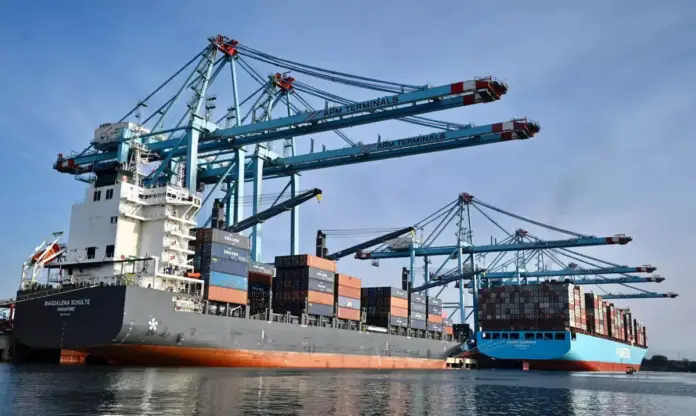Mexico seeks “the smallest possible disadvantage” in the new North American trade order. We have transitioned from a system where we competed based on comparative advantages—cost, quality, geography—to one where we negotiate to minimize damage. Mexico’s SWOT analysis of the USMCA renegotiation reveals a country with valuable cards but playing defensively.
Mexico maintains a privileged position with an effective tariff rate of 6.5%, the lowest in the world according to data from the Ministry of Economy, below Japan (24%), India (26%), and Vietnam (46%). Eighty-four percent of our exports to the US remain tariff-free under the USMCA, while 13 of the 14 trade agreements the US had with other nations have ceased to operate.
Foreign Direct Investment reached $21.373 billion in the first quarter of 2025—a historic record with annual growth of 5.4%. New investments grew 165% compared to 2024, with the United States accounting for 38.7% of the total. Nearshoring has positioned Mexico as a recipient of an expected 400 foreign companies by 2025, particularly in semiconductors, where exports increased 51% thanks to tariff advantages.
Trump’s tariffs on China are generating a favorable rebound effect. Mexico has become the largest supplier of technology products to the US, surpassing China and Taiwan in semiconductors. The Mexico Plan, with tax deductions of up to 91% for investments in fixed assets and 30 billion pesos in incentives, seeks to capitalize on this situation.
Amazon announced $5 billion for data centers in Querétaro; Walmart Mexico will allocate $6 billion in 2025. The renegotiation of the USMCA, brought forward to the second half of 2025, could strengthen regional integration if Mexico plays its cards right.
Mexico faces a 77% shortage of specialized information technology talent, according to ManpowerGroup. We only have 10,900 professionals with more than two years of experience in AI, and only 1,100 are highly specialized, for an economy that aspires to lead technological nearshoring. 58% of employers identify this shortage as their biggest obstacle to growth.
The problem is not just one of quantity but also of relevance. The most popular majors continue to be Law, Administration, and Accounting, while STEM majors represent less than 15% of university enrollment. Our educational institutions, with a few notable exceptions, have not updated their curricula at the speed demanded by digital transformation. We continue to teach traditional programming when the world requires specialists in machine learning, natural language processing, and neural network architecture.
The Monterrey Institute of Technology inaugurated the Innovation and Entrepreneurship Hub in the Northeast, while CETYS University is developing the Center of Excellence in Competitiveness and Entrepreneurship (CECE) in the Northwest. Unfortunately, they are islands in an ocean of academic inertia. The vast majority of public universities maintain curricula that are not updated, and when they are, they are severely disconnected from reality.
The 90-day extension is a temporary respite, not a strategy. The automotive sector remains vulnerable with 25% tariffs on vehicles that do not reach 40% US content. Trump called the USMCA “transitional” and threatens to rescind it if the 2026 revision does not meet his demands.
But the most serious threat is our inability to develop the talent that nearshoring requires. Without engineers specialized in AI, semiconductors, and quantum computing, investments will migrate to countries with more agile educational ecosystems. Vietnam, India, and Poland are already stealing projects that Mexico rejects due to a lack of qualified human capital.

Source: expansion




